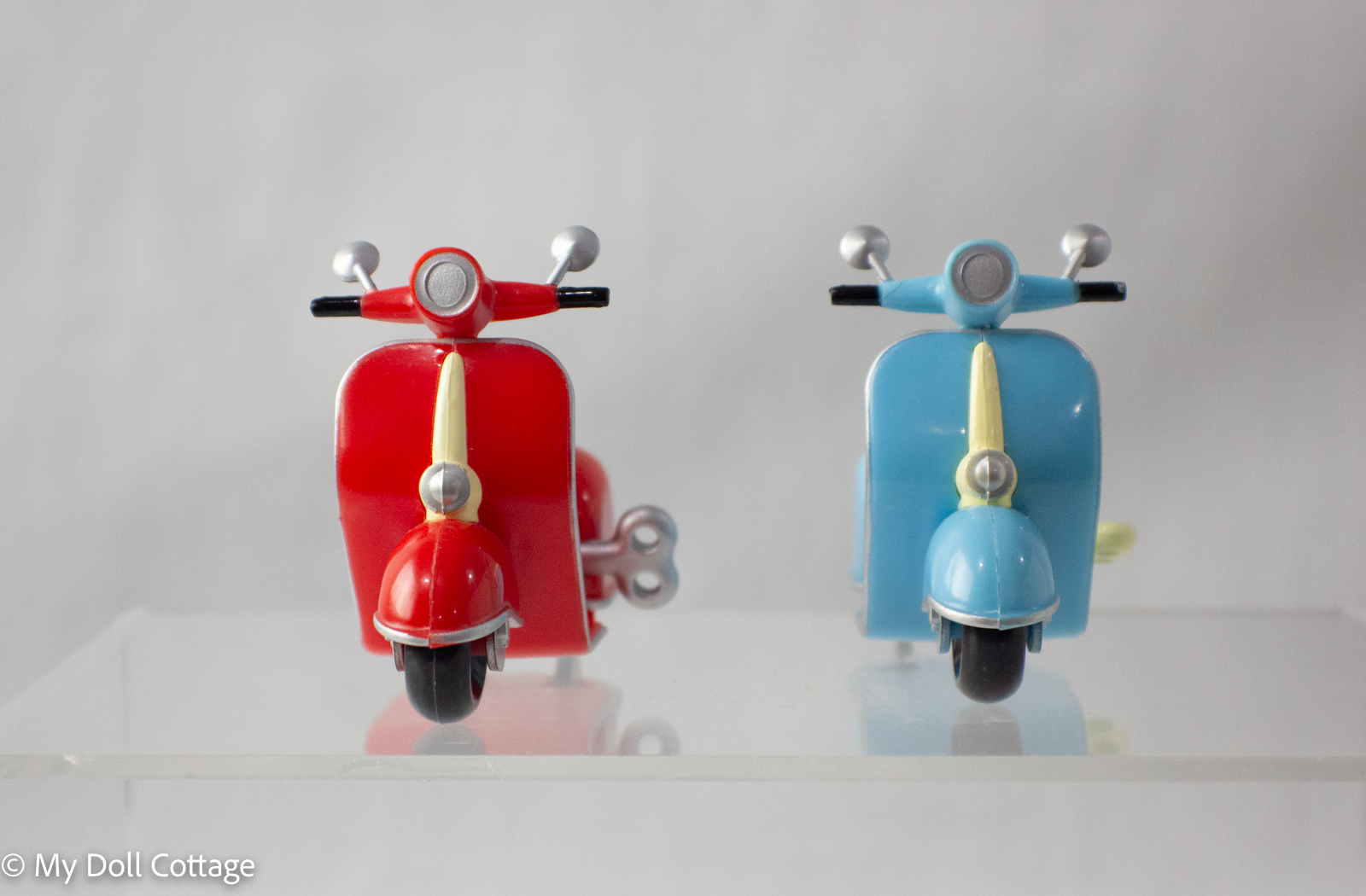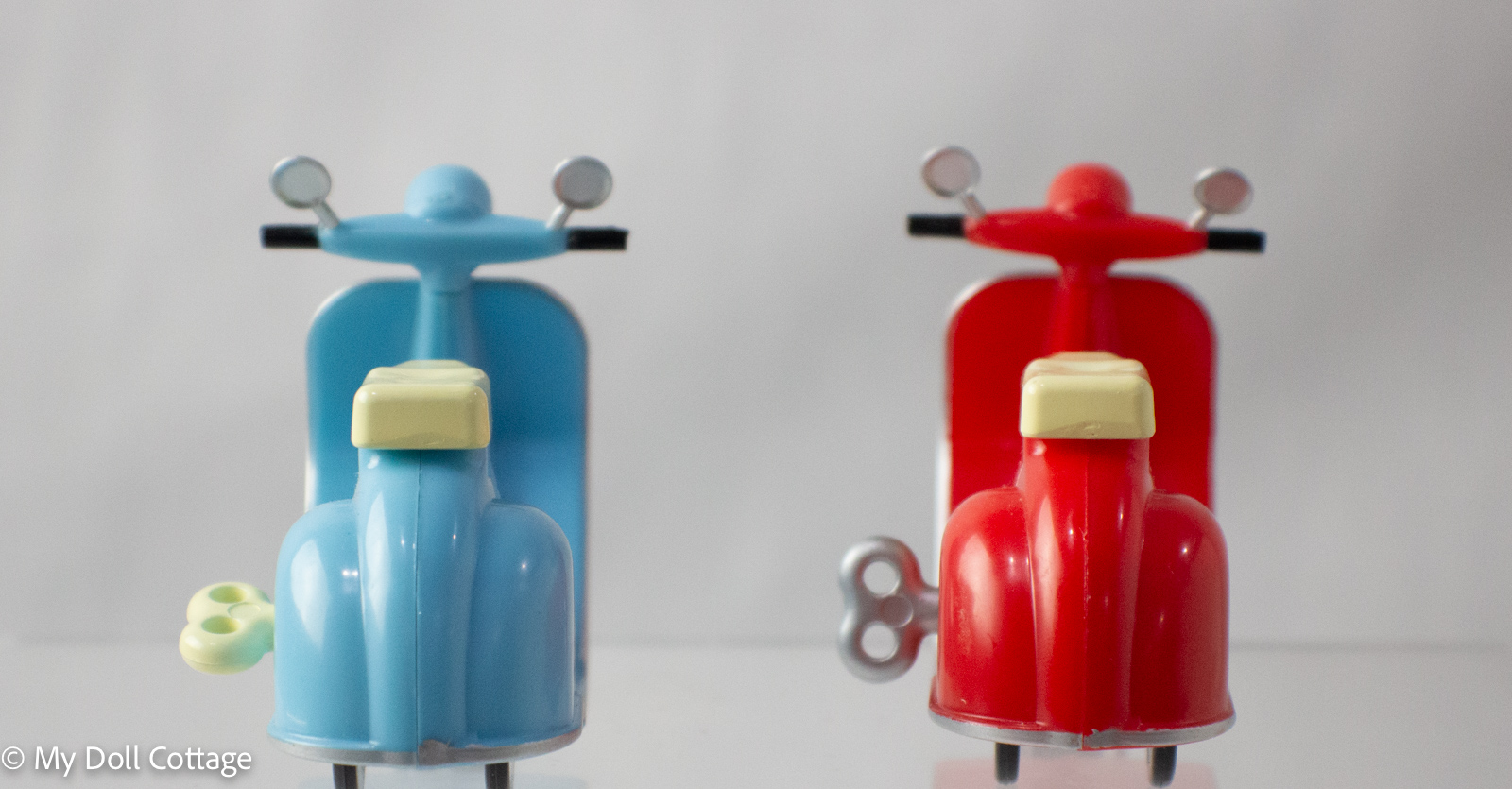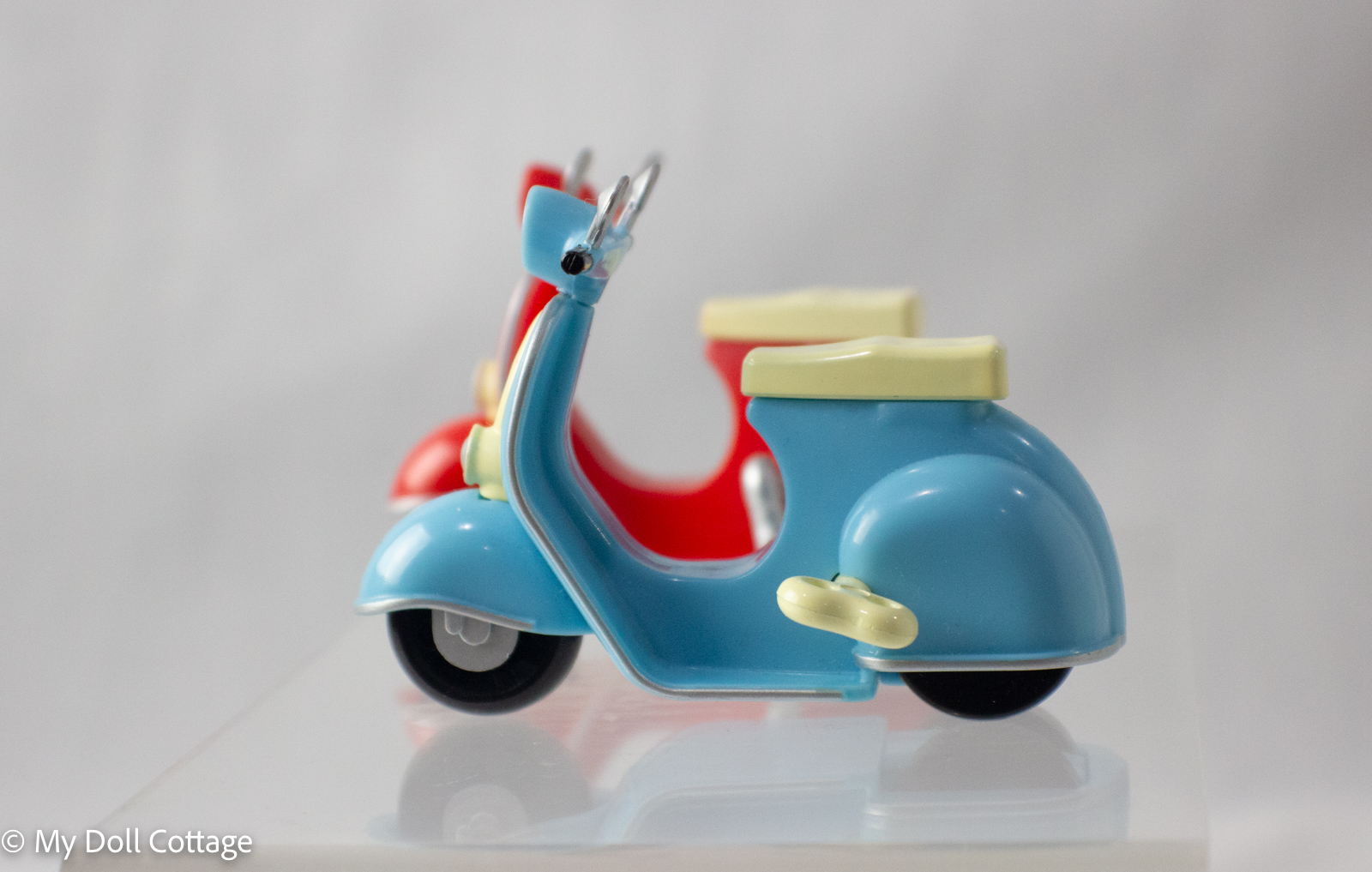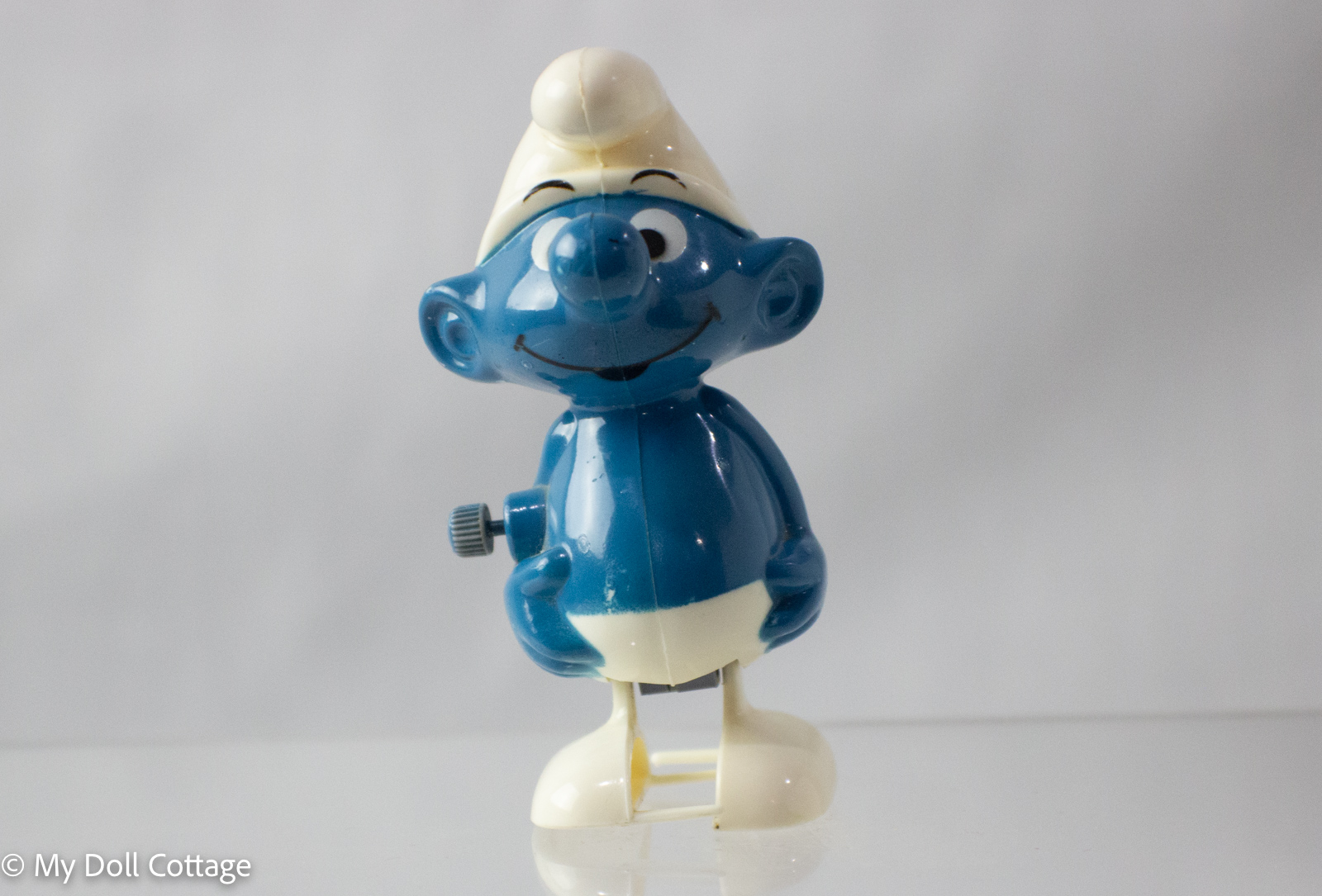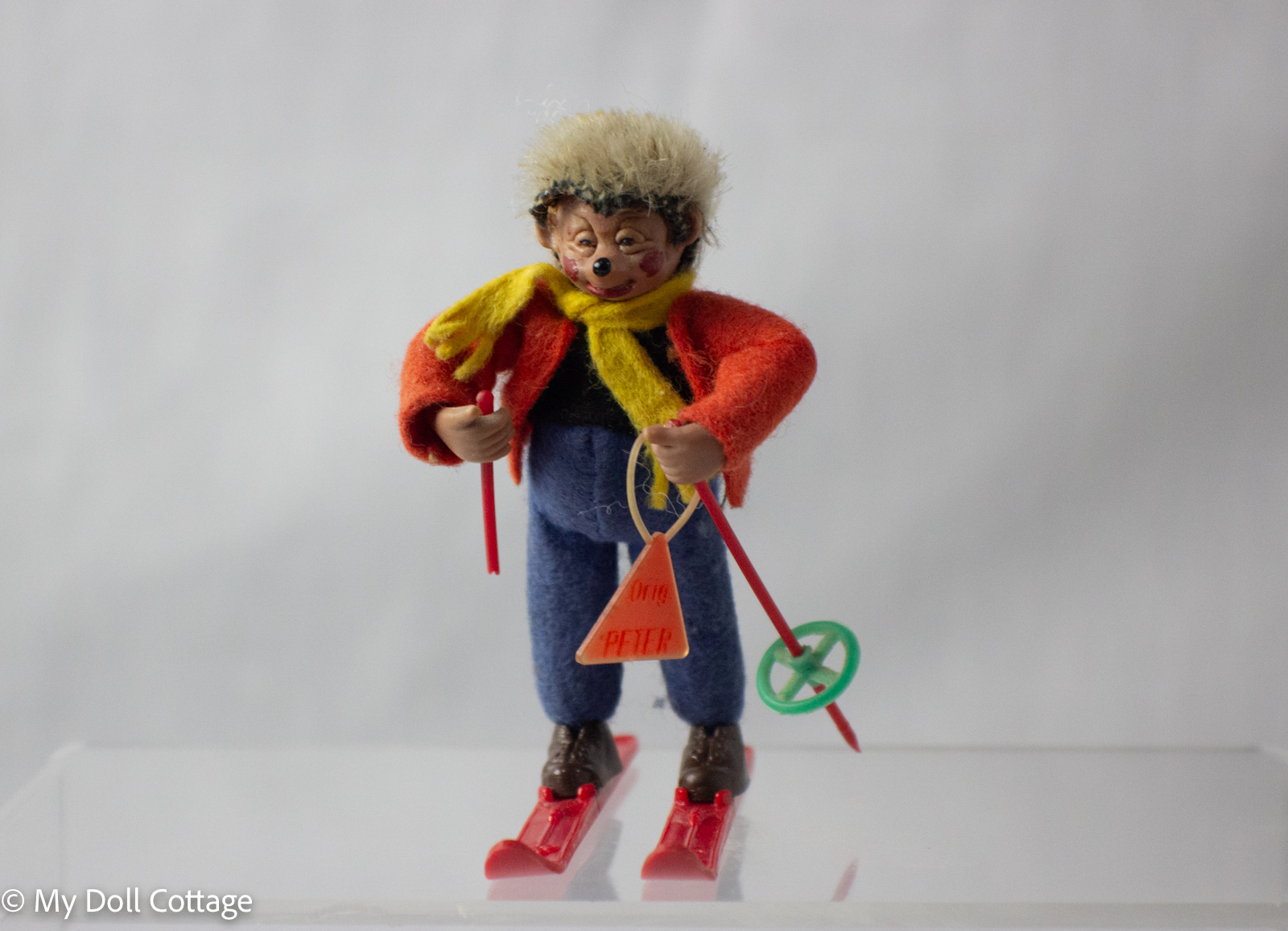Set of Two 1980s Wind-Up Vespa Scooters – Red & Blue
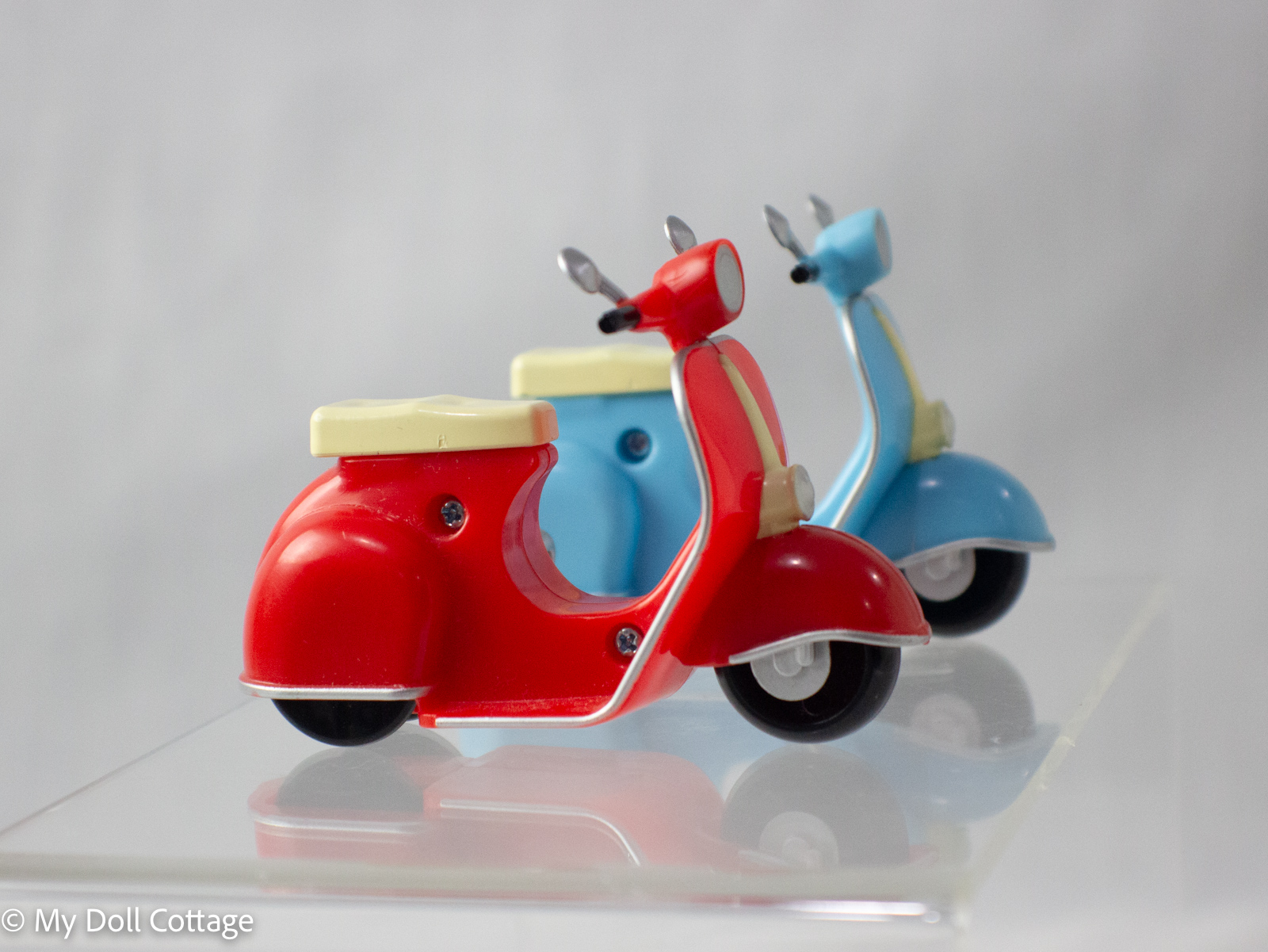
A colourful pair of 1980s wind-up mopeds, one red and cream, the other blue and cream. Made in China and measuring 85 x 40 x 50 mm each
This set includes two playful wind-up toy mopeds inspired by the classic Vespa and Lambretta scooters. One is red with cream details, and the other is blue with cream details. Each features a side wind-up mechanism and rolling wheels. Both are stamped Made in China and measure approximately 85 x 40 x 50 mm.
These mopeds are part of a line of reproduction toys produced in the 1980s, echoing the style of earlier Japanese and Hong Kong tin scooter toys. Similar examples have since been marketed by companies such as Toysmith, which continue to distribute modern versions. The present pair represents the popular 1980s Chinese production run.
Features
Measurements: 85 x 40 x 50 mm each
Condition: Excellent
Markings: Made in China
Date Note: Date is an estimate based on available research and stylistic features. If you have additional information, please contact us to help update our records.
Made from the following materials
Hard plastic dolls and toys emerged as a significant innovation in the toy industry during the mid-20th century, revolutionizing the way dolls were designed and manufactured. Hard plastic is a type of thermoplastic, characterized by its durability, lightweight nature, and resistance to breakage. This material became popular for creating dolls, action figures, and various toys due to its versatility and ability to hold intricate details and vibrant colors.
The development of hard plastic allowed for the mass production of toys that were not only affordable but also more resilient than earlier materials like composition or porcelain. As a result, manufacturers were able to produce a wide variety of designs, from classic baby dolls to trendy fashion figures, each with detailed facial features and movable limbs. This material also enabled the incorporation of new techniques, such as molded hair and painted eyes, which enhanced the realism and appeal of the dolls.
Among the earliest forms of hard plastic used in toy manufacturing was **Bakelite**, created in the early 1900s by Belgian chemist Leo Baekeland. Bakelite is one of the first synthetic plastics, made from phenol and formaldehyde. Its properties, including heat resistance and electrical insulation, made it ideal for various applications, including toys. While Bakelite itself is not commonly used in doll-making today, its introduction paved the way for the development of modern plastics in the toy industry.
**Catalin** is another early form of hard plastic that emerged in the 1930s and was often used for creating vibrant toys and dolls. Like Bakelite, Catalin is a thermosetting plastic known for its durability and ability to hold color well. Catalin toys often featured bright, translucent colors and intricate designs, capturing the imaginations of children and collectors alike.
As hard plastic became the standard for many types of dolls and toys, it solidified its place in the industry, leading to the creation of iconic brands and beloved characters. Today, hard plastic dolls and toys continue to be popular, appreciated for their longevity and the nostalgia they evoke. Collectors value vintage hard plastic toys for their craftsmanship and the unique place they hold in the history of toy making.
At our museum, we celebrate the legacy of hard plastic dolls and toys, highlighting their role in shaping the modern toy industry and their enduring appeal across generations.
Rubber has a rich history in the realm of dolls and toys, celebrated for its elasticity, durability, and versatility. This material has been used in various forms, from natural rubber derived from rubber trees to synthetic rubber developed through industrial processes. Its unique properties have made rubber an essential component in toy manufacturing since the late 19th century.
Natural Rubber
Natural rubber, harvested from rubber trees, was one of the first forms of rubber used in toy making. Its elasticity and resilience made it an ideal material for creating soft, squeezable toys, such as rubber dolls and animals. Early rubber dolls often featured hollow bodies, allowing them to be easily compressed and manipulated. The tactile experience offered by rubber dolls added an engaging dimension to playtime, making them popular with children.
Natural rubber was also used to create a variety of toys, including balls, teething rings, and bath toys. Its waterproof properties made it suitable for toys that would be exposed to moisture, enhancing their longevity and usability. Over time, as rubber became more widely available, manufacturers began to experiment with different colors and designs, leading to a vibrant array of rubber toys that delighted children of all ages.
Synthetic Rubber
With advancements in chemistry and materials science, synthetic rubber was developed in the early 20th century. Synthetic rubber offered improved durability, weather resistance, and the ability to be produced in a broader range of colors and textures. As a result, it quickly became a popular choice for manufacturers looking to create innovative and diverse toy offerings.
In addition to dolls, synthetic rubber has been widely used in the production of inflatable toys, action figures, and soft dolls. Its pliability allows for detailed shaping, enabling manufacturers to create realistic features and forms. Rubber toys often have a playful bounce or squishiness that enhances their appeal, making them fun for children to play with and collect.
Cultural Significance
Rubber dolls and toys have also held cultural significance in various societies. For instance, traditional rubber dolls in some cultures may represent local customs, folklore, or historical figures. These dolls often serve not only as toys but also as educational tools, allowing children to connect with their heritage and understand the stories of their communities.
Related Dolls and Toys from our collection



